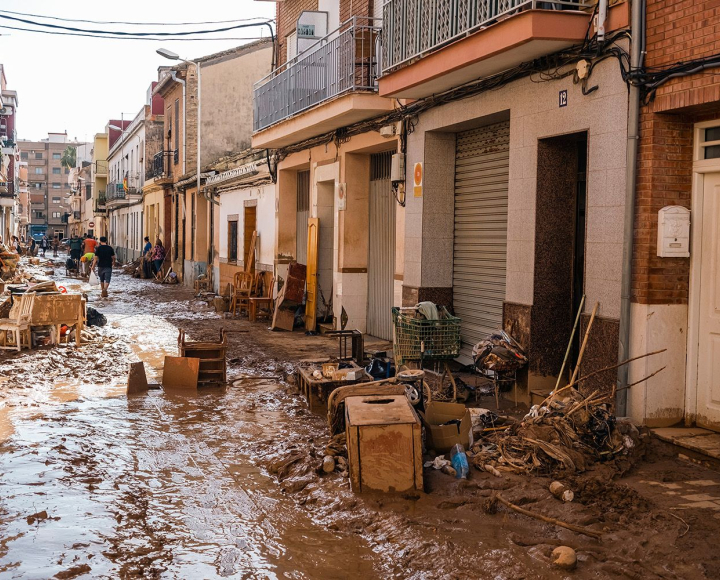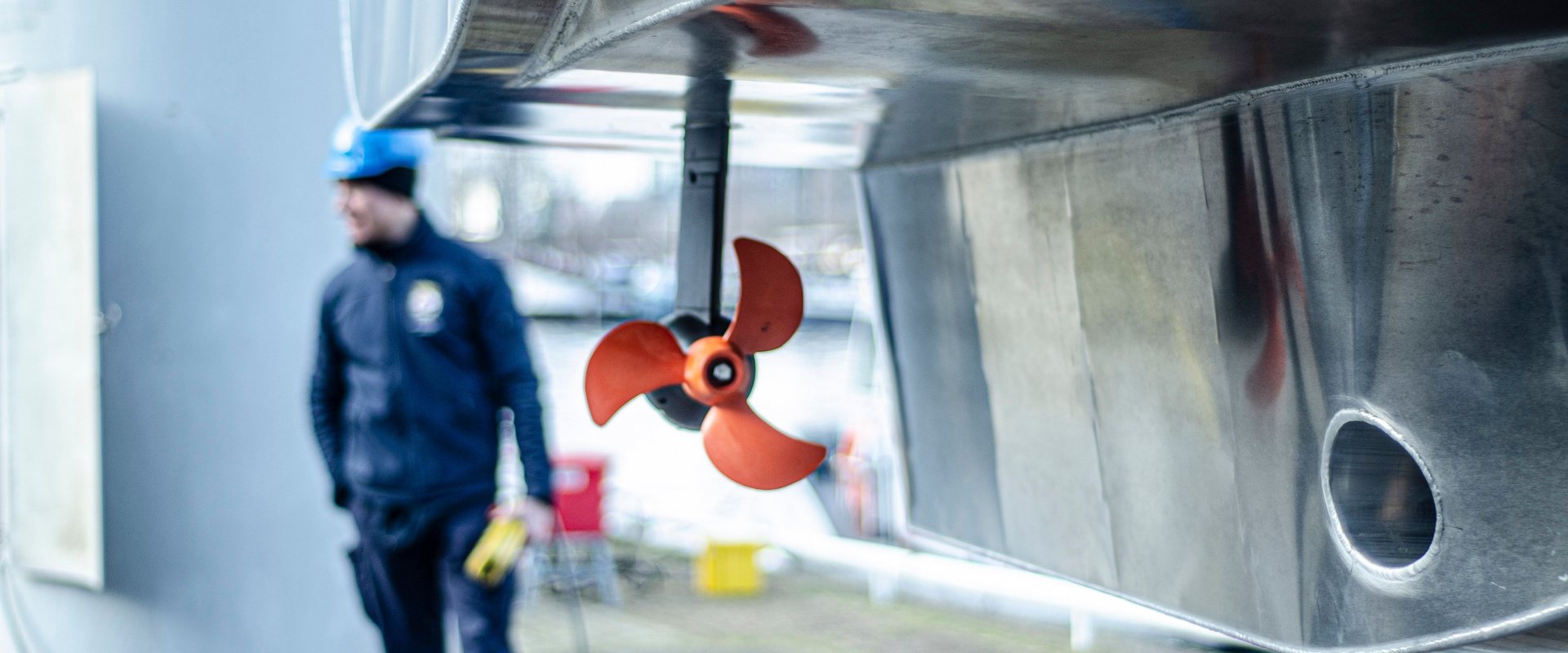
Self driving Roboat provides services on Amsterdam canals
Two full-scale versions of the autonomously operating and electrical powered Roboat started passenger, cargo and environmental monitoring services on the Amsterdam canals. The boats are equipped with devices that determine a safe pathway through the buzzy canals and dock automatically.
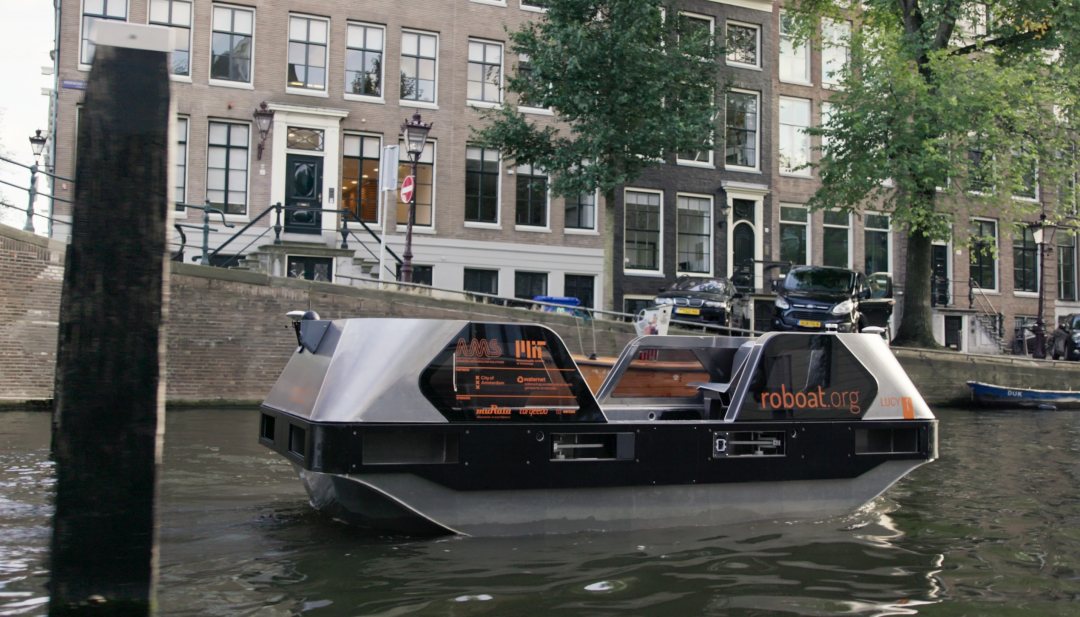

Joint US-Dutch innovation project
The Roboat is a joint development by Massachusetts Institute of Technology (MIT) and Amsterdam Institute for Advanced Metropolitan Solutions (AMS Institute). Its development has come a long way since the research team first started prototyping small vessels in the MIT pool in late 2015.
Earlier this year the researchers, together with a team of engineers, focused on the construction of two full scale versions as next step to commercialisation. Following some first trials, the two Roboats are now used for three type of services: passenger transport, logistics (waste collection), surveying water infrastructure, and monitoring water quality.
Roboat is self-learning and adapts its abilities based on experiences on the water.
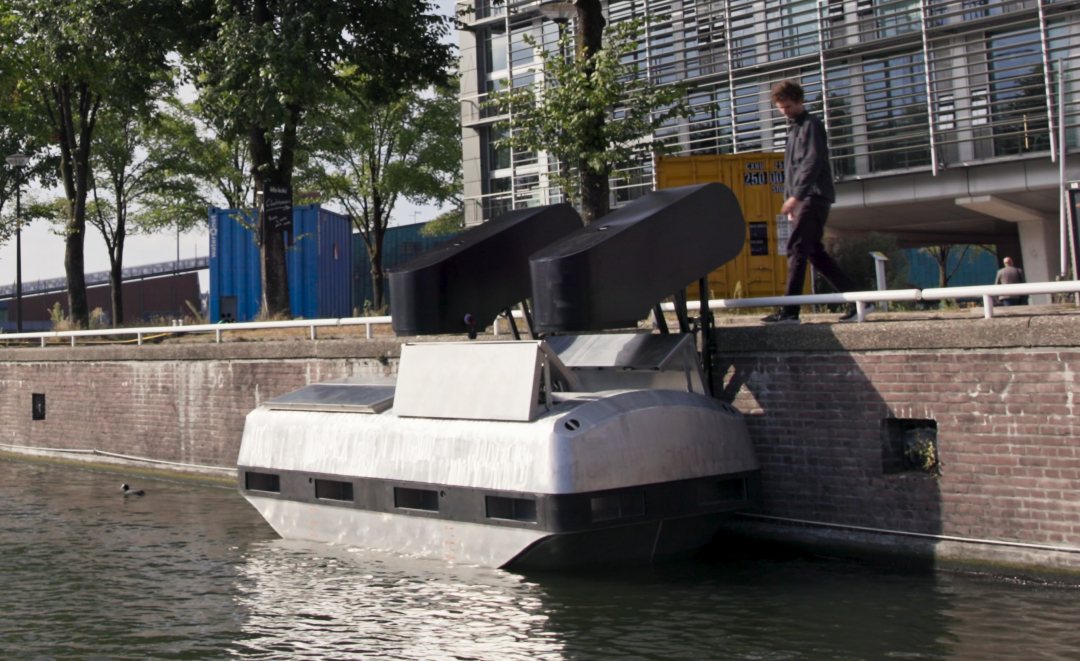

Proof of concept
‘The historic centre of Amsterdam with its network of canals and modern-day challenges - such as congestion and logistics - are a perfect place to start the real-life pilots aimed at creating more sustainable and smart transport over water’, says Stephan van Dijk, director of Innovation at the AMS Institute.
‘Whereas autonomous shipping focuses on more straightforward trajectories’, Van Dijk continues, ‘Roboat is designed to navigate dynamic and busy urban waterways, such as the Amsterdam canals. Which makes the concept relevant for delta cities and harbour areas worldwide. It also creates new possibilities for flexible urban infrastructures. Combined with its ability to perform its tasks 24/7, Roboat can add great value for a city.'
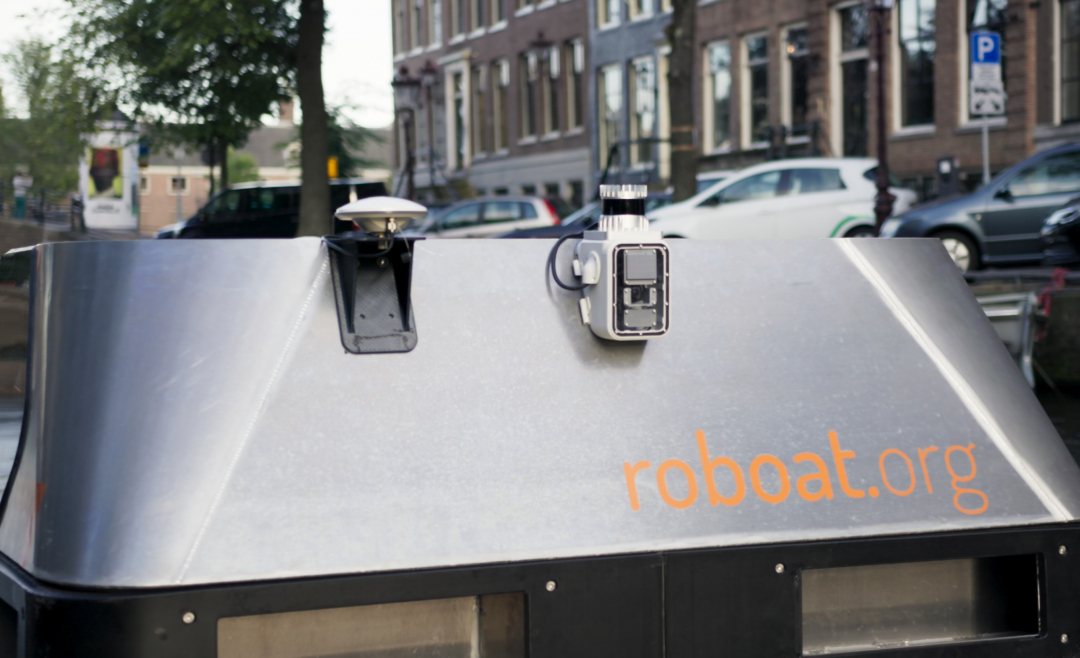

Self-learning
Roboat is self-learning and adapts its abilities based on experiences on the water. To autonomously determine a free path, it uses LIDAR and cameras to enable a 360-degree view. This is also referred to as the ‘perception kit’ and lets Roboat understand its surroundings. When the perception picks up a new object, for instance a canoe - the algorithm flags the item as ‘unknown’.
The team looks at the collected data from the day and can tag it as ‘canoe’. This way the algorithm is trained to – in time – outperform the human eye in object recognition. Furthermore, the boat’s latching mechanism allows the boat to connect to the docking station.




